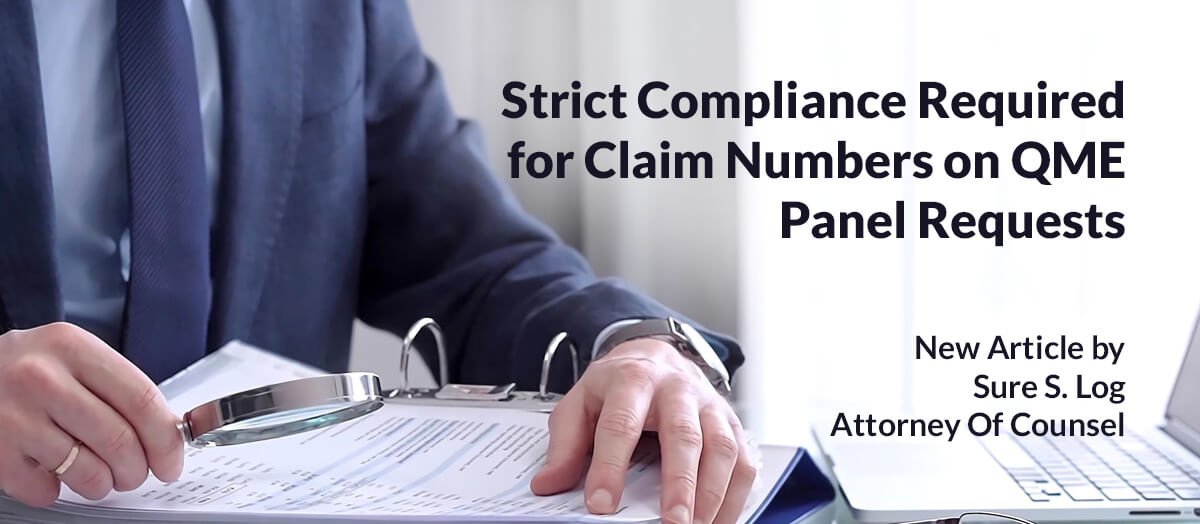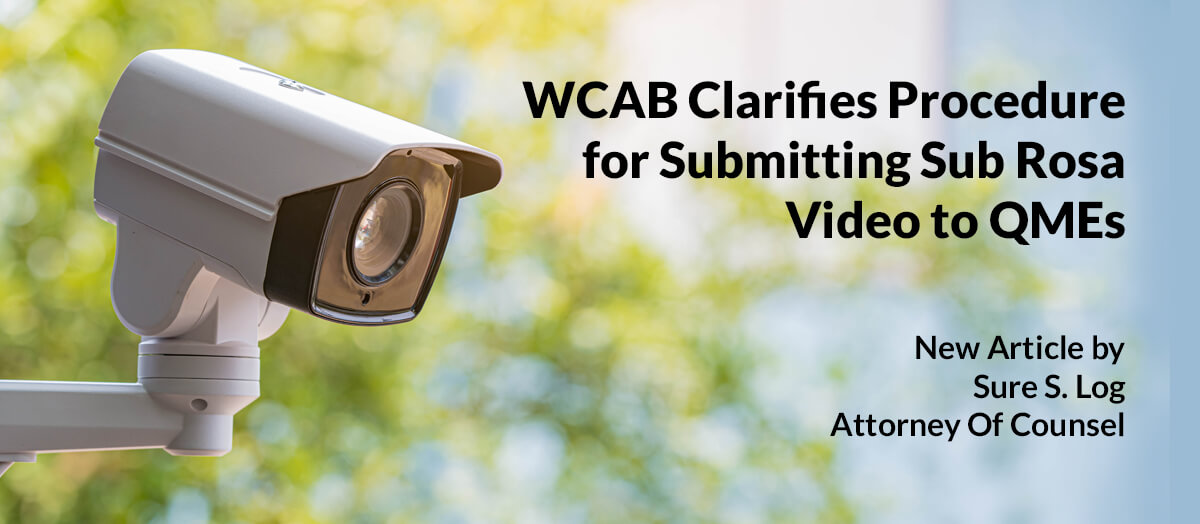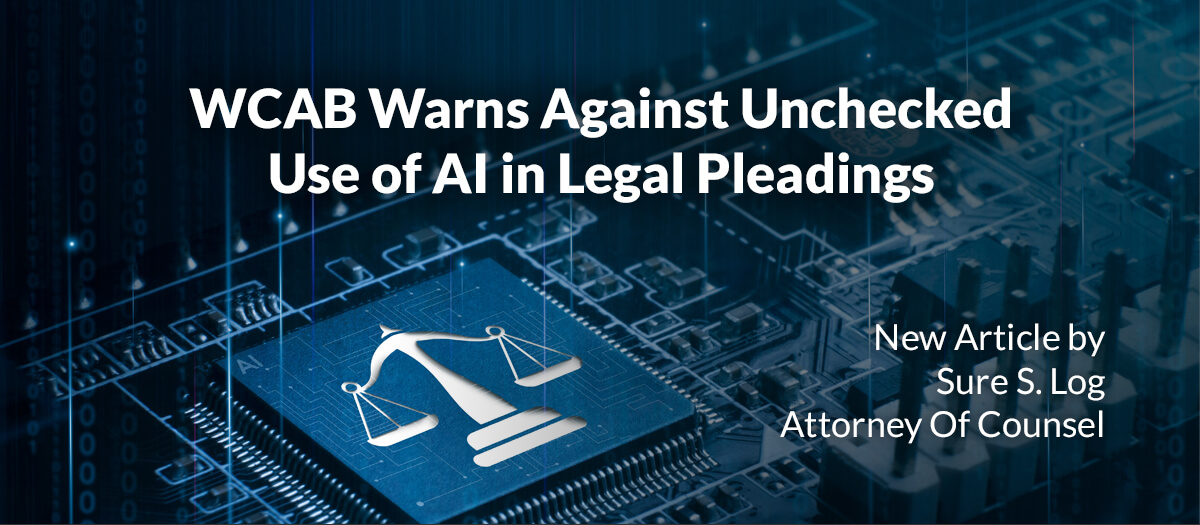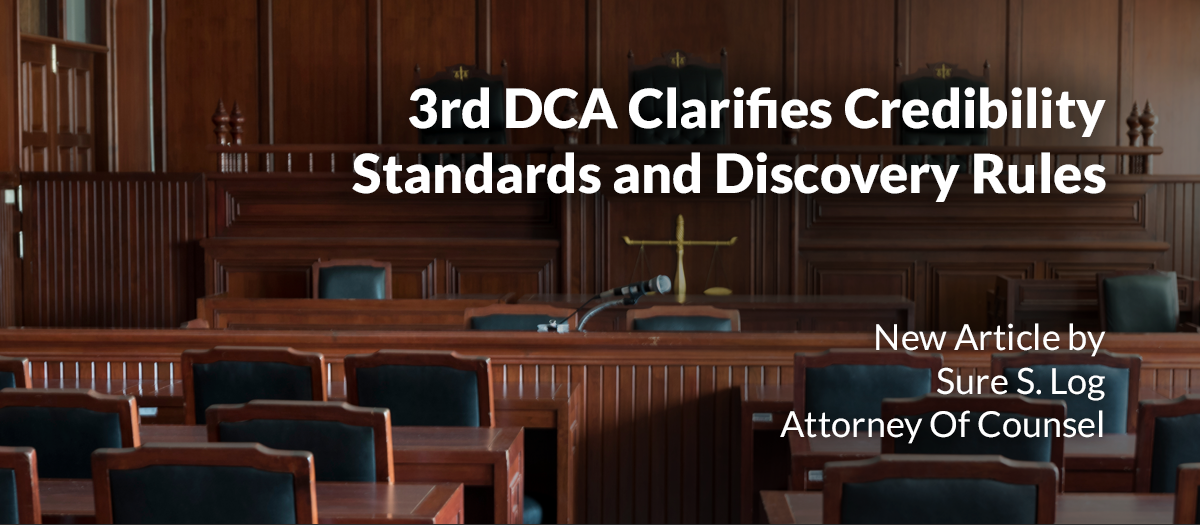
California Code of Regulations, Title 8, § 30 establishes the process by which a party may request a panel of qualified medical evaluators (QMEs) from the DWC Medical Unit. CCR 30(b) applies when an employee is represented by an attorney. It requires a party requesting a panel to provide specified information, including the claim number.
Previously, the Workers’ Compensation Appeals Board (WCAB) has been inconsistent as to whether a party's failure to provide the correct claim number renders a panel request invalid. In Sidahmed v. Alameda County Counsel, 2024 Cal. Wrk. Comp. P.D. LEXIS 103, the WCAB held that a defendant's failure to provide the correct claim number rendered its request for the issuance of a panel of QMEs void ab initio. But later, it held in Salamat v. SBM Site Services, 2025 Cal. Wrk. Comp. P.D. LEXIS 28, that an applicant's request for a panel was not invalid, even though she mistakenly listed a specific injury claim number on the panel request rather than the intended cumulative injury claim number, stating, "To find otherwise would place form over substance."






